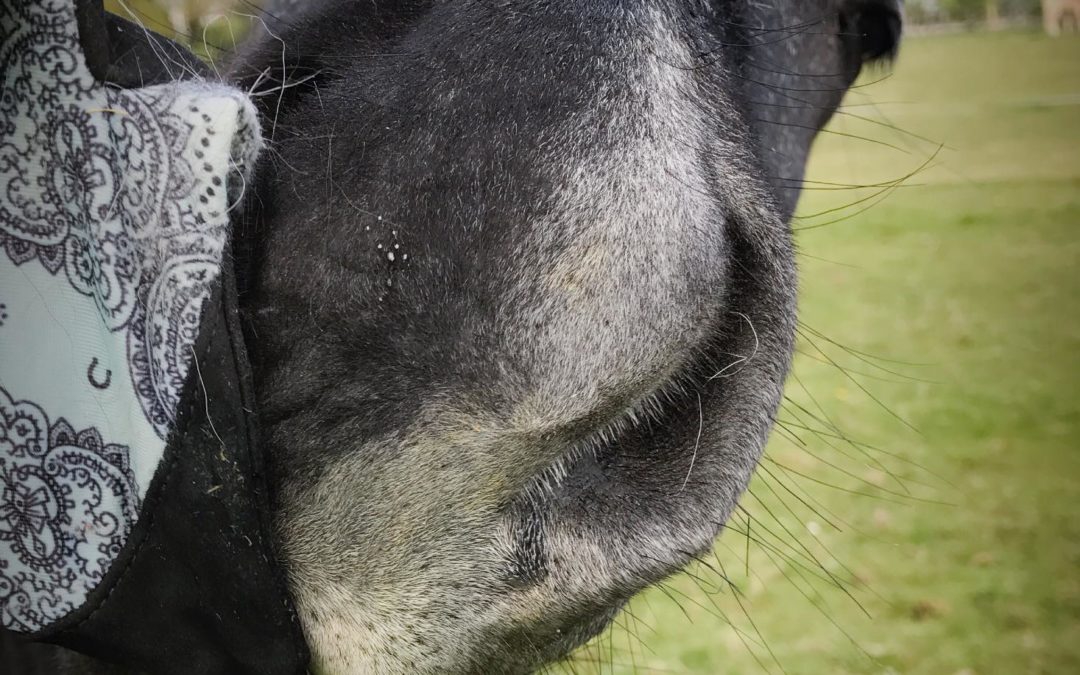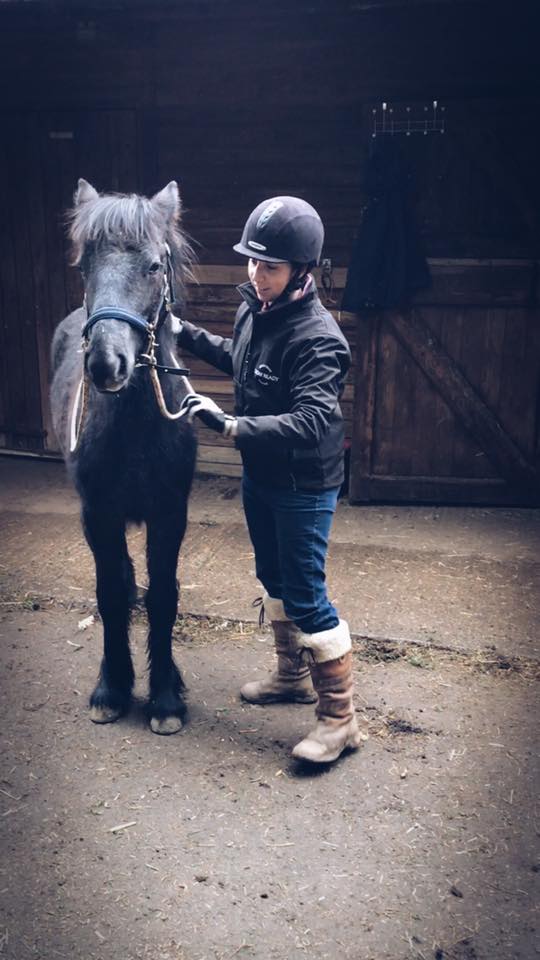
Owning a youngster is an incredibly rewarding experience. It is also one which requires sensible consideration and realistic expectations.
What happens when you bring your new, young horse home? How do you integrate them into your existing herd? How much handling have they had? Are they well socialised? What are their current vices, if any? Any previous or current health issues? If you are unable to address any training issues, can you invest in a good trainer and one who has experience with young horses?
Quite often, I hear people saying they would like a young horse or foal because they “will know their history” and that their youngster will have no prior bad habits. It is also a belief that the owner will grow a strong bond with that youngster. But what happens if this doesn’t go to plan? What is worrying still, is that trainers and instructors are actively encouraging this with already anxious riders/handlers who lack knowledge and/or confidence.
If communication isn’t clear from the beginning, if the horse isn’t given clear boundaries, for security, there is a good chance that issues may arise. This can range from fearful behaviour, unsettled demeanour and consequently, training issues which must be addressed immediately, if not by the owner, by a knowledgeable trainer – which costs time and money. Leaving these problems to sort themselves or denying there is an issue is not only irresponsible but unfair to the young horse.
But it’s “youngster behaviour” – There are some behaviours which are due to age. Chewing and mouthing is common. Young horses will test the boundaries, as will a horse of any age. Would you know how to correct a rearing horse? How about one which kicks, barges or bites? These sound like extreme examples, but are in fact very common displays for young horses, especially when communication isn’t clear and they do not feel secure in their position within the herd. This is also a way that horses will play and communicate in the field; do you know how to let your horse know this is not acceptable around yourself or other human beings?
It is a tough subject… and I have been that inexperienced, anxious person in the past. I have learned the hard way and thankfully come out the other side. For the sakes of our horses and so many out there who deserve the best start in life, this is a subject which must not be ignored.
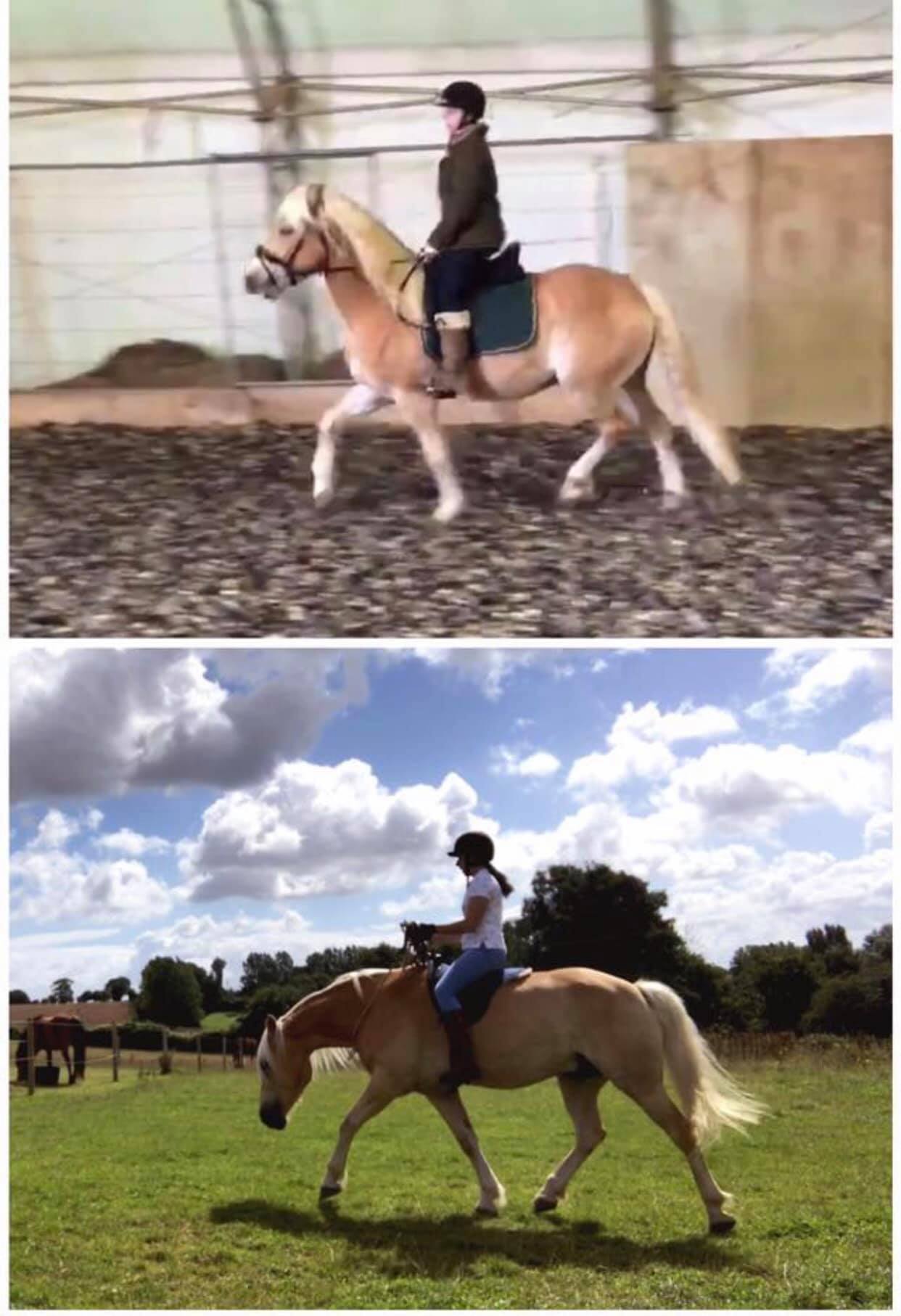
My first youngster:
Years ago, I bought my first horse. A young haflinger. I didn’t have experience bringing up a young horse, but I was certain that I wanted to have a life partner. I wanted to bring up a horse so I knew his full history. There would be no hidden vices and we would have a bond from the very start; anything undesirable in his behaviour would be up to me and nobody else. If I encountered problems I would be able to self-teach myself and find assistance in the way of online resources.
So a year into my journey with my young horse – he was pulling me around on the ground. The barging behaviour made me anxious and from one day to the next I couldn’t seem to predict how he would behave being led from the stable to field. I used a halter, I tried a dually halter, I resorted to leading in a snaffle bit – I had even been told to try a chiffney! Thank goodness I never did… but this is a good example of the kind of “advice” open to me with my baby. All of this was just leading!
When it came to ground and ridden work, I was advised by my then vet and instructor to start backing him. I was told to get him going in gentle work to “keep his mind active”, as if this would be a miracle fix to the barging in hand! My youngster had just turned 3 years old. As time progressed, by the age of 4 I was told to get him moving forward to “build him up”. I now know that this would not have done much in the way of muscle development, nor strength building, rather just increase his stamina and wind him up! This was the same for lunging. I was encouraged to lunge him before a ridden session to rid him of excess energy. Little did I know I was in fact adding fuel to the fire! He was alot fitter having lunged several times a week! For “softness”, I was advised to use side reins. This would ensure he was in a good outline when ridden – obviously, to work on that so-called muscle development! I was told to use my leg to move him forward; kicking, squeezing…it is all the same! I was told to keep my heels down, hands low. I distinctly remember being shown by my peers how to get my horse into that outline, nicely bent at the C2 – C3 by “gently using my hands” – in reality they wanted me to see saw until he yielded! Luckily, I never did get the hang of it! Now, throw in a poorly fitting saddle (which had been fitted to my horse!) and a trainer who rides in a double bridle, heavy on the curb and you have a recipe for disaster! Youngster training aside, my traditional riding instruction would have been enough to cause serious issues with even a schooled horse.
I felt disheartened, desperate and in too deep! But I had a beautiful horse, giving up just wasn’t an option.
I muddled by for a year or so before my now trainer and mentor came to my horse’s rescue. She abruptly told me how I had no business owning a young horse with no relevant experience (which I now wholeheartedly agree with when faced with similar scenarios with students and acquaintances!) – at that time I was incredibly upset to hear this. I was in denial and I did not want to listen, understandably so! With all of the expert advice I had been given up to now, how could this lady know what she was talking about, when it all sounded so radically different? It made no sense! The saddle and bitted bridle was immediately taken away from me. I was given Classical literature to read and reason to any training I was to partake in.
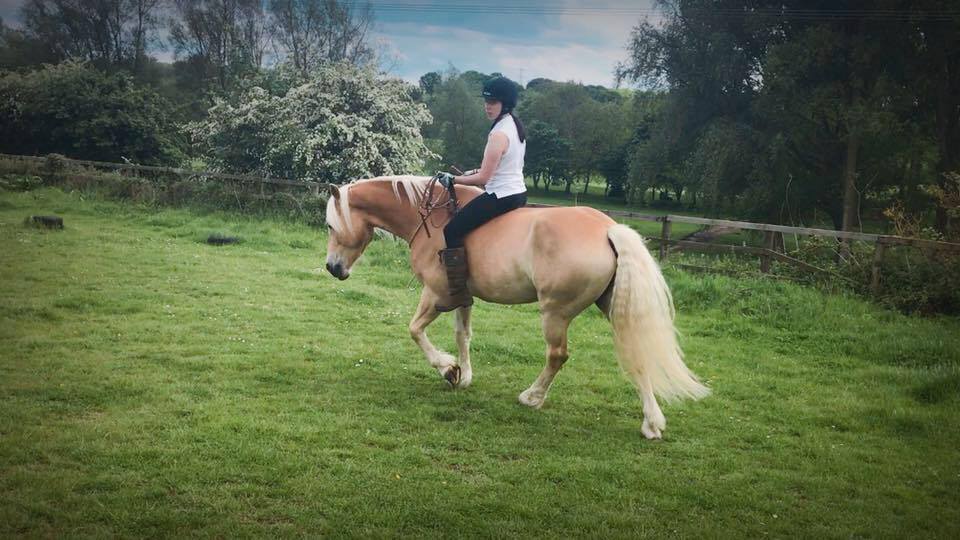
Over the course of 2 -3 years – yep! It wasn’t an overnight job! My horse went from being strong, unruly and unhappy, to a willing partner who I could ride bridle-less, bitless or bitted with finesse. I could then lead him with a rope halter or nothing at all! But I was lucky. I believe it was fate, or that my trainer was brought to me; an angel in disguise, for a bigger reason than for me to just enjoy a ride on my horse. In reality, buying a youngster comes with its challenges and responsibilities. They can be overcome, but the owner must be willing to put not only the time into a youngster, but also the money into training if they are unable to do it themselves. My first horse cost me years of time and hundreds, if not thousands of £s worth of training to rectify. Would you be able to do the same if you needed to?

As a trainer, I see many, many horses with issues. Some are caused by inconsistency in training, poor tack fit, unclear communication, some from poor handling as a youngster. I can forgive most, as it is more than likely due to lack of knowledge. But poor handling in a young horse can be avoided. If horses are not trained correctly from the offset, if they do too much, too soon, causing injury, there is a good chance that they will get passed from pillar to post through dishonest adverts. These are the horses who are often abused, or end up being put down or put in a rescue centre.
Poor training, ignorance and selfishness on the owner’s part can cause terrible behavioural issues in horses, which can take a long time to sort out. Sometimes, these issues are irreversible to the detriment of the horse. I have gone full circle with my experience with horses – having been the anxious, inexperienced owner, to constantly-learning trainer who has to help sort out and take responsibility for the horses who have ended up with impatient and ignorant people.
Consequences of poor training:
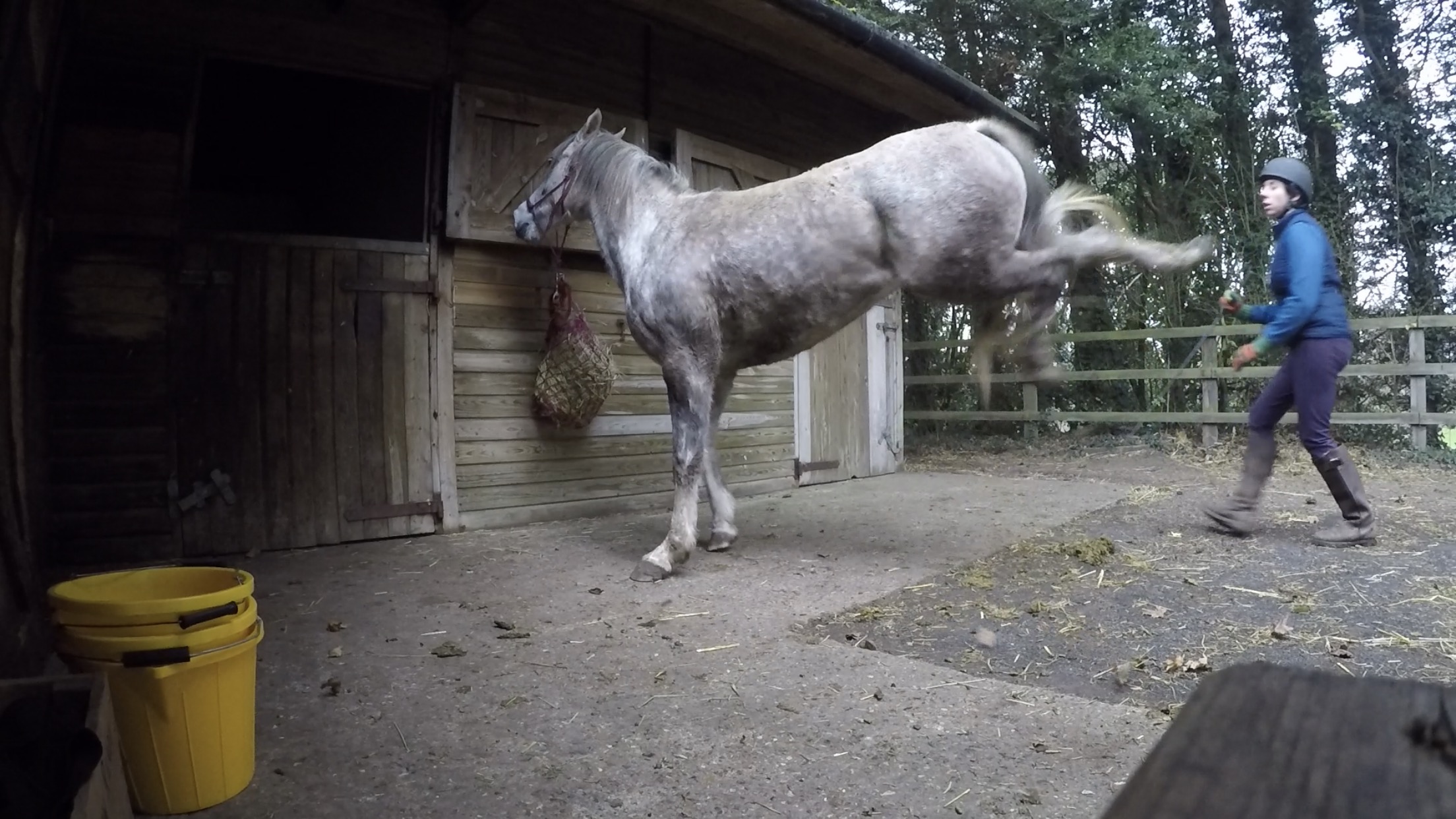

Two contrasting examples I can personally give…
Luna, was my dearly loved Arabian mare. I loved that horse with every fibre of my being. I spent hours and hours working with her. She came to me as a 9 year old, from the field. I am unsure of her full history but I do know her behaviour was unruly, vicious and dangerous. This was a horse who may have gone through a trauma, or could have simply been unable to adapt to human contact due to being feral for so many years. Besides anything else, from a behavioural point of view, when do you take responsibility for your horse? When your farrier can’t trim their feet? When the vet can’t assess them safely? When somebody gets hurt?
On the other end of the spectrum, Duke is a 4 year old Thoroughbred x Dutch warmblood. He was with his previous owners from 3 months old. He came to me unbacked and with no prior training but he was most certainly handled with love from the beginning. This has undoubtedly given him an exceptional start in life and has made my life alot easier from a training point of view, now I know what I am doing.
Two horses with different upbringings, neither with a prior, formal training. My experiences over this year alone have been very humbling, heartbreaking and uplifting. Above all, it has opened my eyes to what is, what could be and what it should never be when it comes to bringing on a youngster.
What can be done?
Let’s start at the beginning – with the breeder! Quite simply, it is irresponsible for breeders to be selling to people who have no history in caring for young horses. It appears that less questions are being asked about the suitability of the potential home. In many cases, foals and youngstock are sold on a “first come, first served” basis. Can these babies be returned if required? If not, is the breeder really any better than a money motivated “back yard” breeder of the dog world? What happens if the horse isn’t trainable? What happens if they haven’t received a proper education from the start? If it doesn’t work out with the buyer can the breeder take responsibility for that foal they bred? Can the expenses be covered? Can the training be rectified so that individual can live a wholesome life with someone else? If the foal cannot be returned at any point in its life, should it have been bred? What constitutes to responsible breeding?
If a vetting is carried out on a young horse, shouldn’t they, too, advise the breeder or the purchaser about potential issues which may arise, as a duty of care to all involved? If it is a colt, will the purchaser be informed about castration? Or implications in behaviour when a horse isn’t gelded? Are the aware of how long it takes for the testosterone levels to decrease after gelding and any undesired behaviour which may follow as a consequence? When do the wolf teeth come in? What issues could they present from a training point of view? So many questions!

Moving on to instructors and trainers! If we, as instructors and trainers, are presented with students who are looking into buying a young horse we should give advice and realistic expectations into the upbringing, training and potential difficulties which may arise in those important beginning years. Can this person cope with the more “challenging” days? Can they be consistent and do they have the relevant knowledge, nerve and willingness to learn to be a good trainer? Do they have the time to put into this baby’s education unconditionally? Do they have the money to pay the instructor/trainer if there is a gap in their understanding or if a problem arises? Any problems must be addressed immediately. Does the purchaser know when the tack should be introduced? Which tack do they choose and why? Does the prospective buyer know how to back and school a young horse quietly without coercion? Do they know at what age the youngster should be starting work and how much, realistically, for a sound future, they should be doing with a young horse in the beginning? Is the potential owner happy to wait years before they can ride? If a professional has recommended the purchase of a young horse to someone who cannot confidently answer yes to any of the above – in my opinion it is not only foolish, but without a thought for the horse.
For all of the time and money – all of those extra training, farrier and vet visits to assist with poor behaviour, wouldn’t it be easier and smarter to invest in a good horse with prior training? A horse with prior training will allow you to ride immediately and to have fun. It potentially prevents a heartbreaking decision when the horse is not a good citizen through careless lack of training (for whatever reason) or failure to put the horse first instead of the rider/handler’s misguided desires for a “perfect partner”. There are also so many horses looking to be re-homed for a myriad of reasons. These horses may have minor training / re-schooling requirements – much less expense than an unhandled youngster or pooly managed horse; they may have minor “defects” or confirmation issues, which may not be of real importance to those just wanting to have fun and ride on the trail. For those looking to compete, there are so many willing horses out there who are not only capable, but diamonds in the rough! Perhaps they aren’t that flashy 3 year old…but they will most certainly have a whole lot of love to give and could have real potential in the ring. Often, people are blinded by the beauty of some horses, but do not realise that the true gems are those with beautiful minds.

Breeders – what are your true motivations for bringing that baby into the world?
Instructors – why put ideas in the mind of someone who is already tackling anxieties or issues with an existing horse?
So I implore all of those who are thinking about buying a young horse – what are your intentions? Are you confident you can give your horse the best start in life? Ask yourself – Why a baby?
